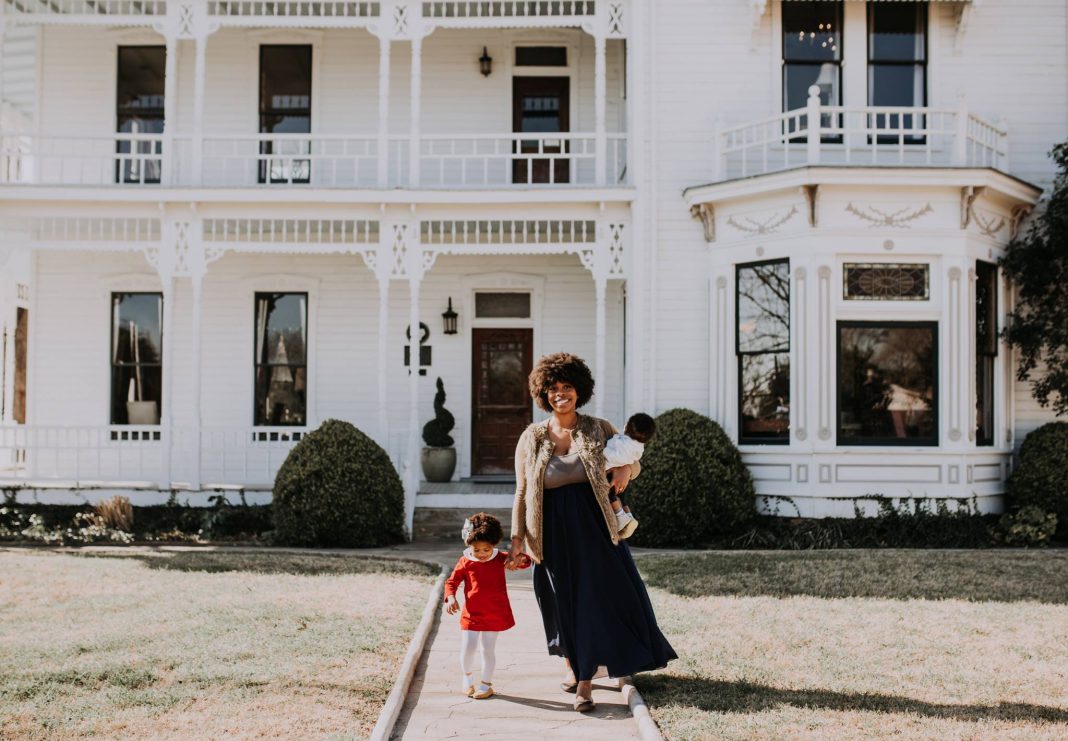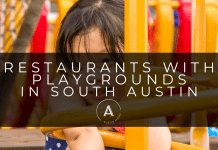Did you know that in late 2013, the area code 737 was introduced to the Austin area and that is when people had to start 10 digit dialing on their phones? That’s right. I used to live in an Austin where there were so few of us, you didn’t have to give your area code with your phone number. It is crazy. Now, many people come to our little city, my home, for SXSW or Formula 1, AFF and the Hill Country, spring-fed swimming holes and Longhorn games, live music and Greenbelt hikes.
It may actually come as a surprise that we live in one of the most economically segregated cities in America. In fact, Austin has a long history of discrimination that has persevered in spite of our allegedly progressive outlook.
Economic segregation is often a building block of racial segregation and with very low rates of intergenerational economic mobility in our city, the disadvantages for the minority population will only continue to grow. Basically this theorizes that poverty and wealth is cyclical and you are more likely to remain in whatever economic position your parents have raised you in.
Thousands of former enslaved peoples migrated towards cities like Austin in the post Civil War era. Austin was somewhat of a safe haven for freed slaves and there was more tolerance and less racial violence here than in many other southern cities. In fact, during that time Austin’s population (within the city limits) was the most interspersed that its ever been until the early 1900s when neighborhoods like Hyde Park were developed.
In 1889 a Kansan, Colonel Monroe Shipe, arrived and influenced a lot of the urban development that worked to be “free from nuisances and an objectionable class of people, so proper restrictions (were) being taken to guard against undesirable occupants.”
I lived in Hyde Park for 5 years. To think that less than 150 years ago I would not have been allowed is unfathomable.
In 1917, when the US Supreme Court ruled that cities could not be zoned to segregate based on race, city planners just found other ways to uphold segregation (like denying access to city utilities and basic city services like equitable education).
Black schools in white neighborhoods closed down in 1917, forcing African Americans to move out of Clarksville, Wheatsville and other neighborhoods to the east side of town where their children could actually be educated.
In 1934, the Federal Housing Administration (FHA) was established by the National Housing Act within the US Department of Housing and Urban Development. Although facilitating home financing, improving housing standards and increasing employment in the home construction industry were touted as main goals, the FHA directly subsidized the urbanization of America on to the condition that no homes be sold or resold to African Americans.
In fact, the National Real Estate Board made it illegal to sell a black family a home in a white neighborhood.
City planners worked to “preserve” Austin’s image by drawing African Americans away from the city center and university areas. Blockbusting became pervasive until the Federal Fair Housing Act was passed in 1968 and made discrimination of underrepresented groups illegal.
Now… I am not talking about a movie rental store. Blockbusting is the manipulation of a homeowner to sell or rent their home at a lower price by convincing them that minorities are moving into their once segregated neighborhood. Living near black people was so undesirable that some Austinites would go to extraordinary measures to NOT have to live within close proximity. This led to clear racial division within and around the city.
Austin, Texas was named one of the fastest growing cities in the United States by the US Census Bureau in 2015. Although its population has flourished, Austin’s black population has floundered.
The African American population of Austin is the only declining racial demographic.
Every Saturday when I was growing up, we woke up early (like well before the Sun even thought about coming out- early) to go into town. We’d drive from the suburbs of northwest Austin, where we were always the racial minority, to a more predominately black neighborhood (now East 12th Street) so that my Dad and brothers could get their hair cut. Jones Barbershop is long gone now, as are many of the formerly black or Latino owned businesses.
The gentrification of the East Side, and other formerly redlined areas of Austin, has led to an exodus of MY people and their businesses. Its not the same anymore, nor will it ever be.
But the boutique hotels and 5 Star restaurants with world-renowned chefs, common political beliefs with progressive ideas, and fierce protection of our beautiful outdoor spaces set us apart and makes Austin a very special place deep in the heart of Texas.
Our history is unique and has made a lasting impression. As we grow and progress, it is important to consider where we have come from but also how far we have yet to go.
Every child in our city STILL does not have the ability to attend a school with academically acceptable ratings. Rising property taxes have made living near the city center mostly unattainable for the generation once prolific in what are now trendy East Side neighborhoods. Schools that service largely minority populations are at risk of shutting down and displacing hundreds to new schools out of the neighborhoods that they live in.
We know better; now we need to do better.
I love my city more than most. I mean, I learned how to swim at the Town Lake YMCA during summer camp when I was 3 or 4 years old. I went to my first concert at the old Austin Music Hall- RIP. And my first rivalry was definitely UT vs A&M NOT the Red River Shootout with OU. I am a real Austinite through and through but I want better for my kids if they decide to raise their families here eventually.
We need to embrace every facet of our diversity. Our differences are what makes us amazingly unique. It’s why we are one of the fastest growing cities in the US, but it’s also why many current residents and Austin transplants come from a somewhat homogenous racial demographic.
But for now, I’m an Austin mom and I love my city.










